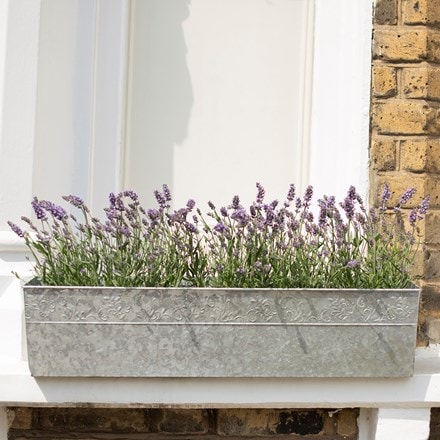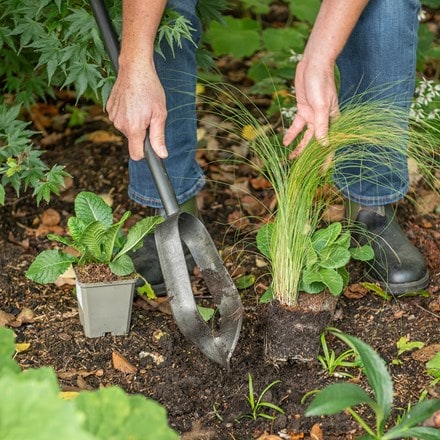Lavandula angustifolia 'Rosea'
lavender
- 9cm pot
- £7.99
- In stock (shipped within 2-3 working days)
- 3 × 9cm pots
- £18.99 £6.33 each
- In stock (shipped within 2-3 working days)
- 6 × 9cm pots
- £33.99 £5.67 each
- In stock (shipped within 2-3 working days)
- 2 litre pot
- £17.99
- In stock (shipped within 2-3 working days)
- 3 × 2 litre pots
- £39.99 £13.33 each
- In stock (shipped within 2-3 working days)
Delivery options
- Standard £5.99
- Position: full sun
- Soil: moderately fertile, well-drained soil
- Rate of growth: average
- Flowering period: July to September
- Hardiness: fully hardy
Dense spikes of fragrant, rose-pink flowers appear in summer above slender, steely, grey-green foliage. Lavandula angustifolia 'Rosea' makes a gorgeous, flowering, informal hedge, especially along a path, where its fragrance can be appreciated. It also works well in a gravel garden, or clipped into a formal sphere for a contemporary look. The cloud-like effect of its soft pink flowers means it looks particularly good with roses, or as part of a cottage garden scheme. The flower-spikes are highly attractive to bees and other beneficial insects.
To find out more about how to plant a hedge, click here
To find out more about how to plant a hedge, click here
Plant in a sunny, well-drained spot with slightly alkaline soil. This lavender becomes drought-tolerant once established, making it an excellent choice for low-maintenance gardens or containers.
Water the plant deeply but sparingly, as overwatering can lead to root rot. In colder climates, consider providing some winter protection by mulching around the base, especially during its first year.
In early spring, typically in April, carefully trim the plant to remove any damaged or dead growth. After the flowers have faded, trim the flower stalks to maintain the plant’s neat shape, but be cautious not to cut into the thicker, woody stems, as lavender doesn't regenerate well from old wood.
Water the plant deeply but sparingly, as overwatering can lead to root rot. In colder climates, consider providing some winter protection by mulching around the base, especially during its first year.
In early spring, typically in April, carefully trim the plant to remove any damaged or dead growth. After the flowers have faded, trim the flower stalks to maintain the plant’s neat shape, but be cautious not to cut into the thicker, woody stems, as lavender doesn't regenerate well from old wood.
Goes well with
Embossed galvanised metal window trough
79 × 22 × 18cm
£38.99
In stock (shipped within 2-3 working days)


